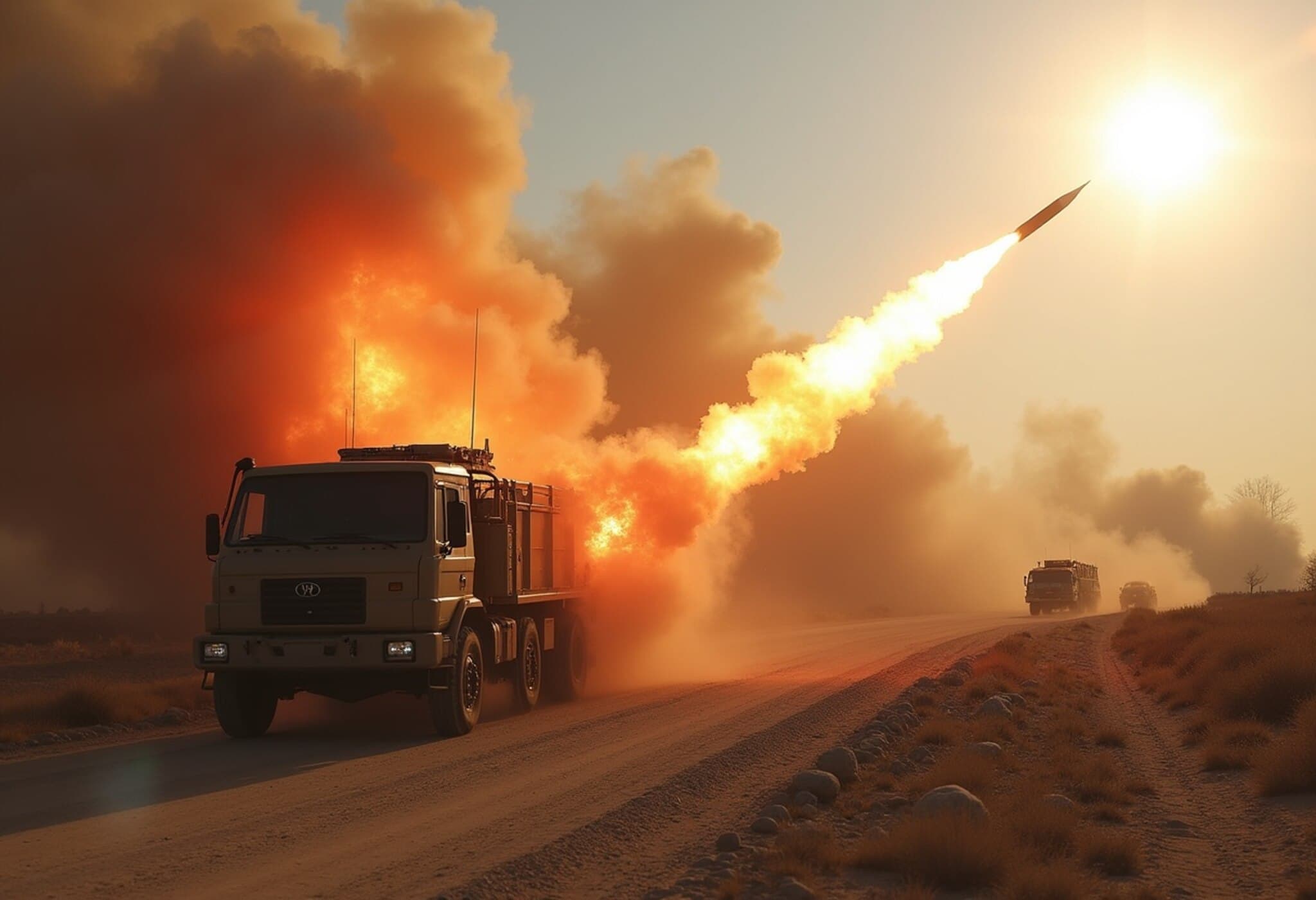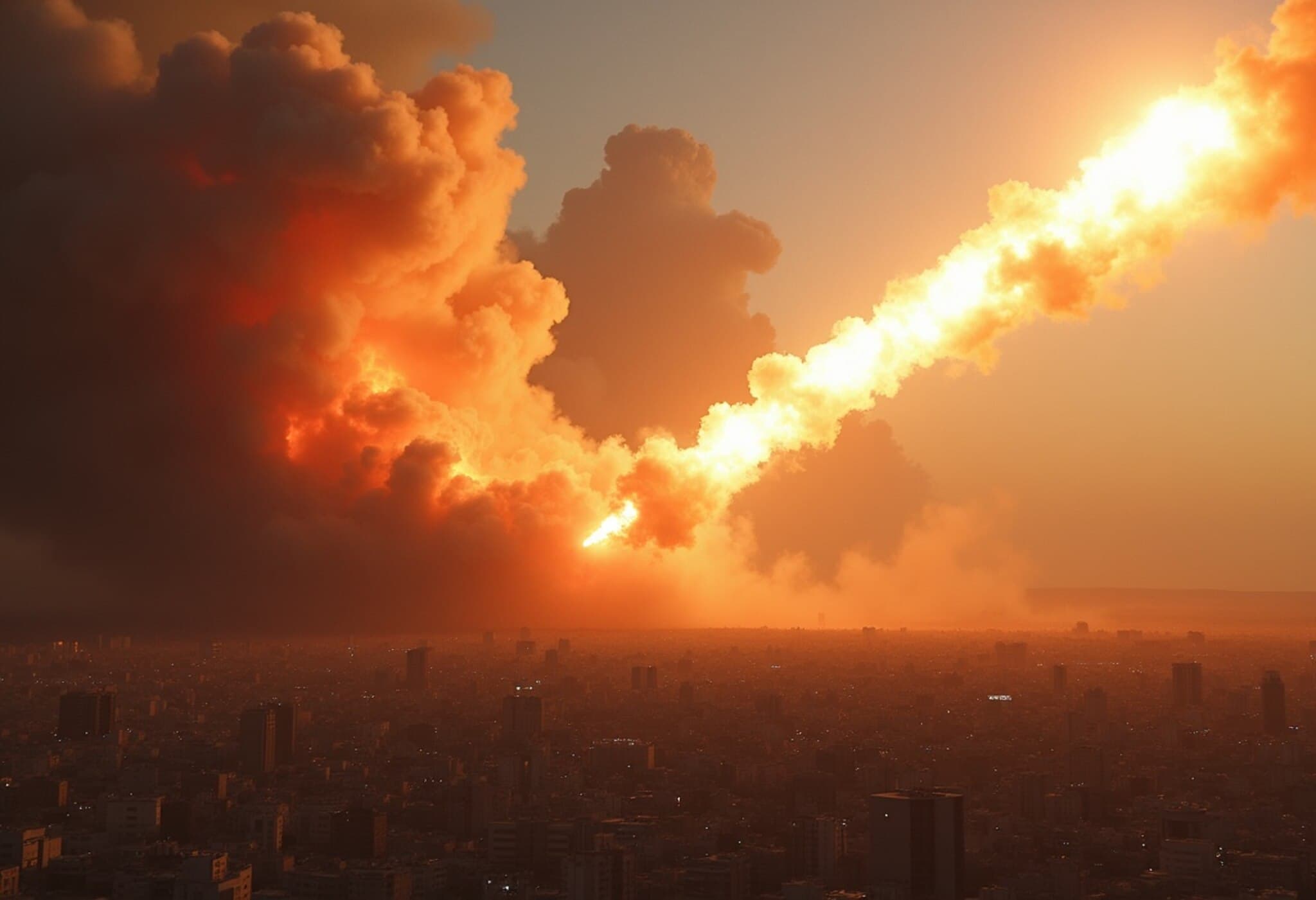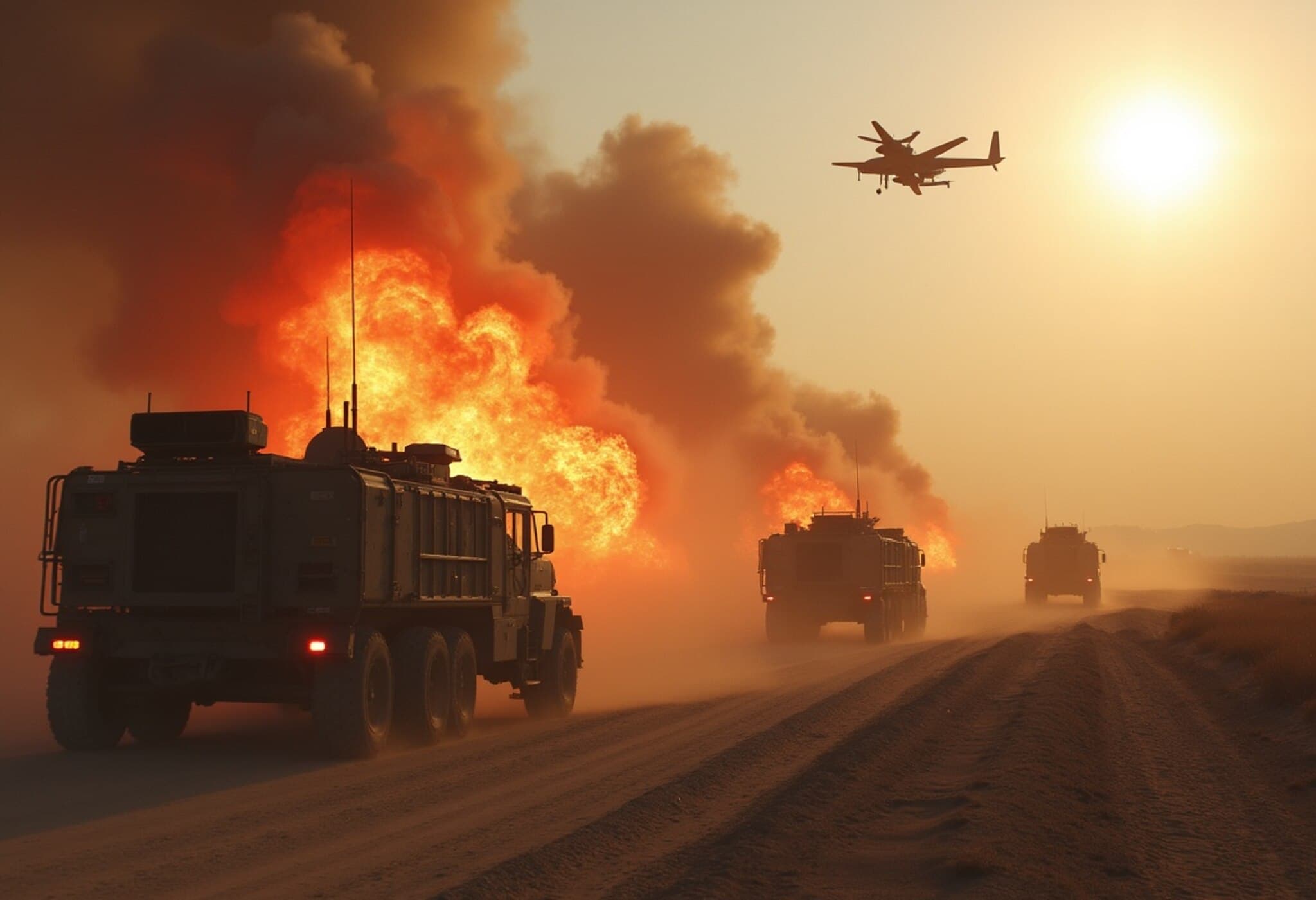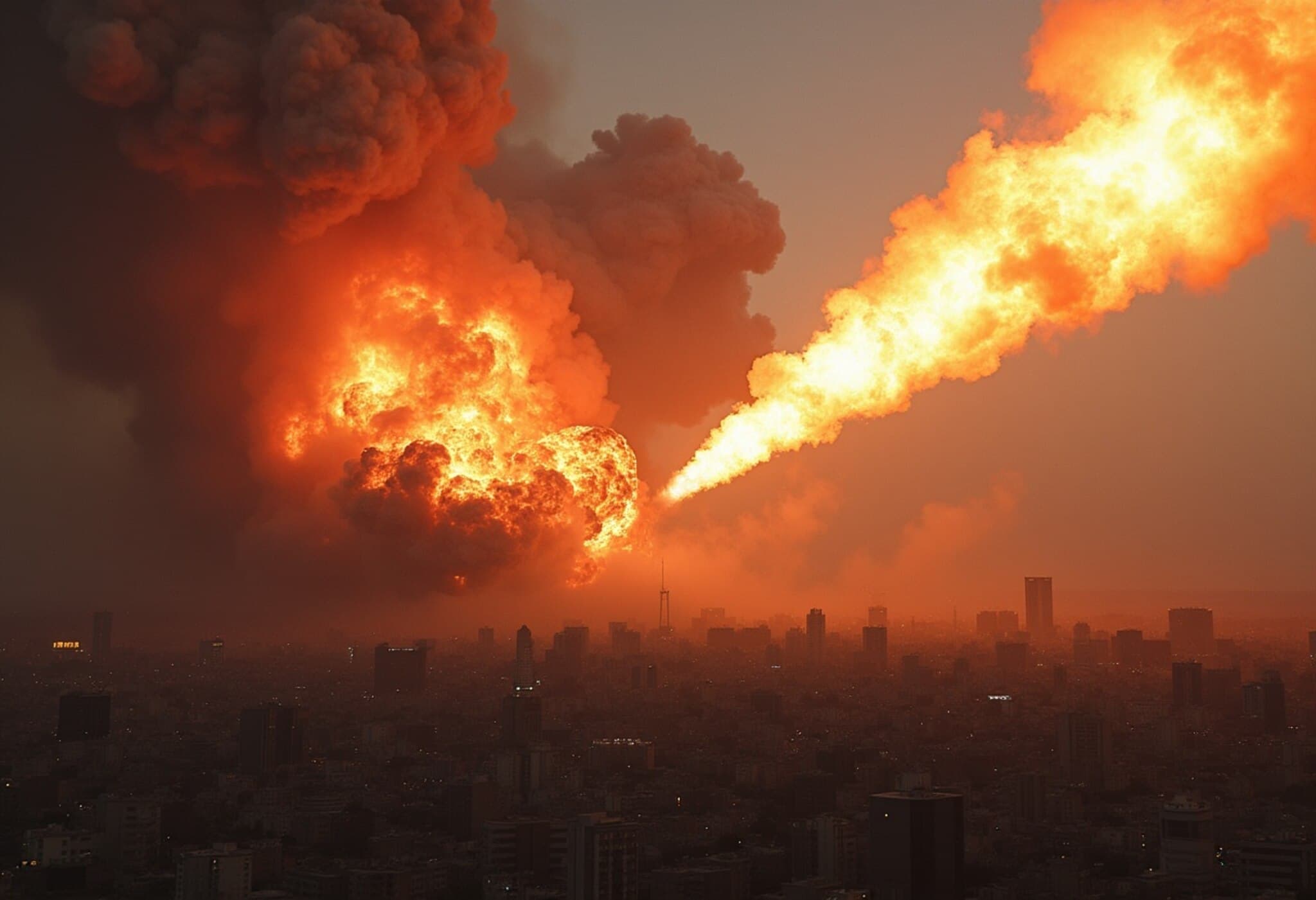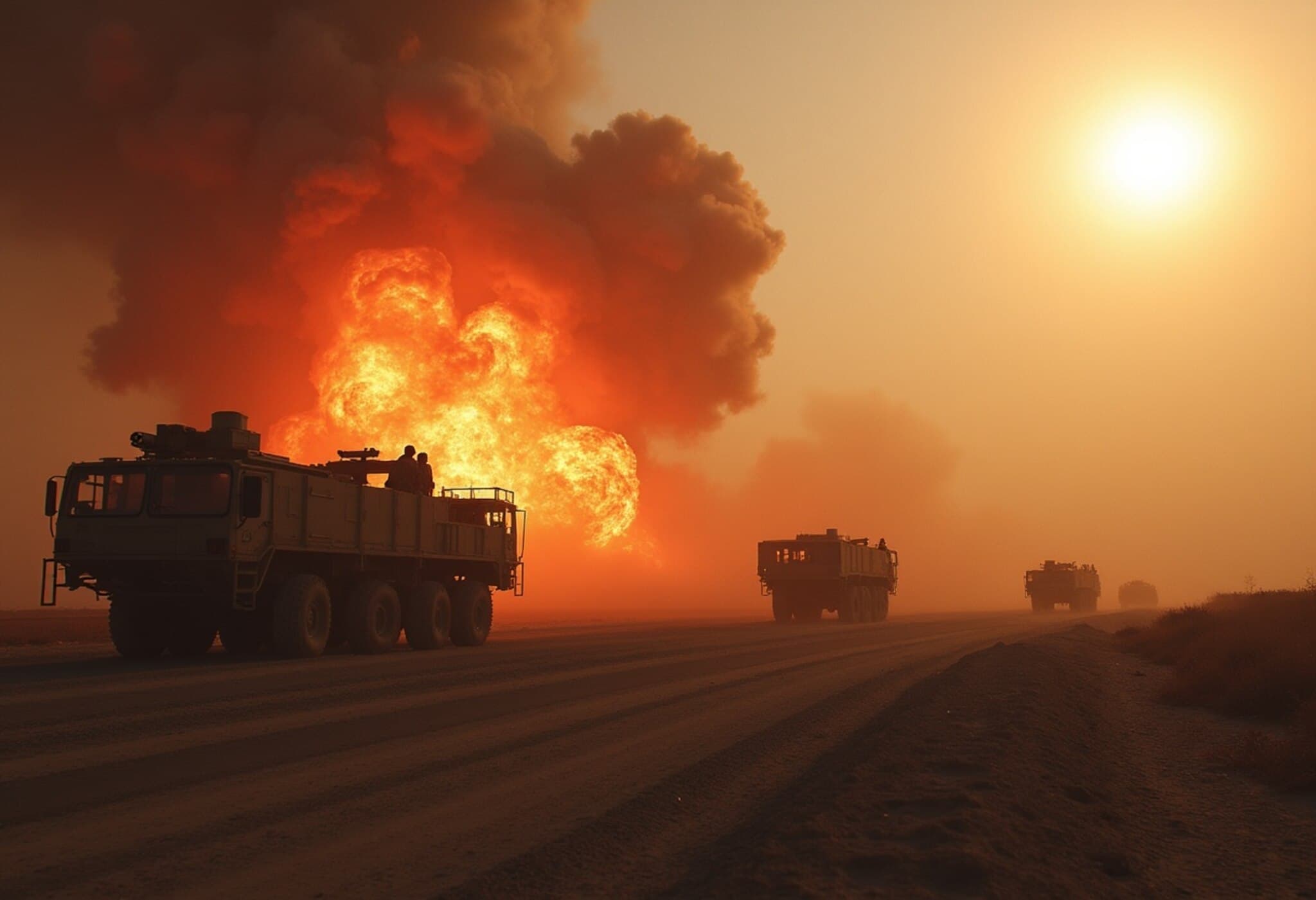Iran Launches Cluster Munitions Amid Escalating Israel Conflict
As the conflict between Iran and Israel entered its eighth day, a significant escalation occurred with Iran reportedly firing a missile equipped with cluster munitions over central Israel. This marks the first time such weapons have been used in this ongoing confrontation.
What Happened During the Attack?
The Israeli military reported that the missile's warhead detonated approximately 7 kilometers (4 miles) above the ground, dispersing about 20 submunitions across a roughly 8-kilometer (5-mile) radius. These smaller bombs scattered over central Israeli territory, including the town of Azor, where one submunition struck a residential home, causing damage but no reported casualties.
Understanding Cluster Munitions
Cluster bombs are designed to release a multitude of smaller explosive devices mid-air, distributing them across a broad area to maximize impact. While effective in increasing damage radius, they also pose long-term risks as some submunitions may fail to detonate on impact, remaining a hazard to civilians well after hostilities cease.
Warnings and Safety Measures
In response, the Israeli Home Front Command issued a public safety advisory urging residents to remain vigilant. The warning emphasized the potential for unexploded ordnance lingering on the ground and instructed anyone encountering suspicious objects to avoid handling them and to immediately contact emergency services by calling 100.
Looking Ahead
This new development introduces a dangerous dynamic to the already intense conflict, raising concerns about civilian safety and escalation of hostilities. Authorities on both sides are closely monitoring the situation as tensions continue to unfold.

